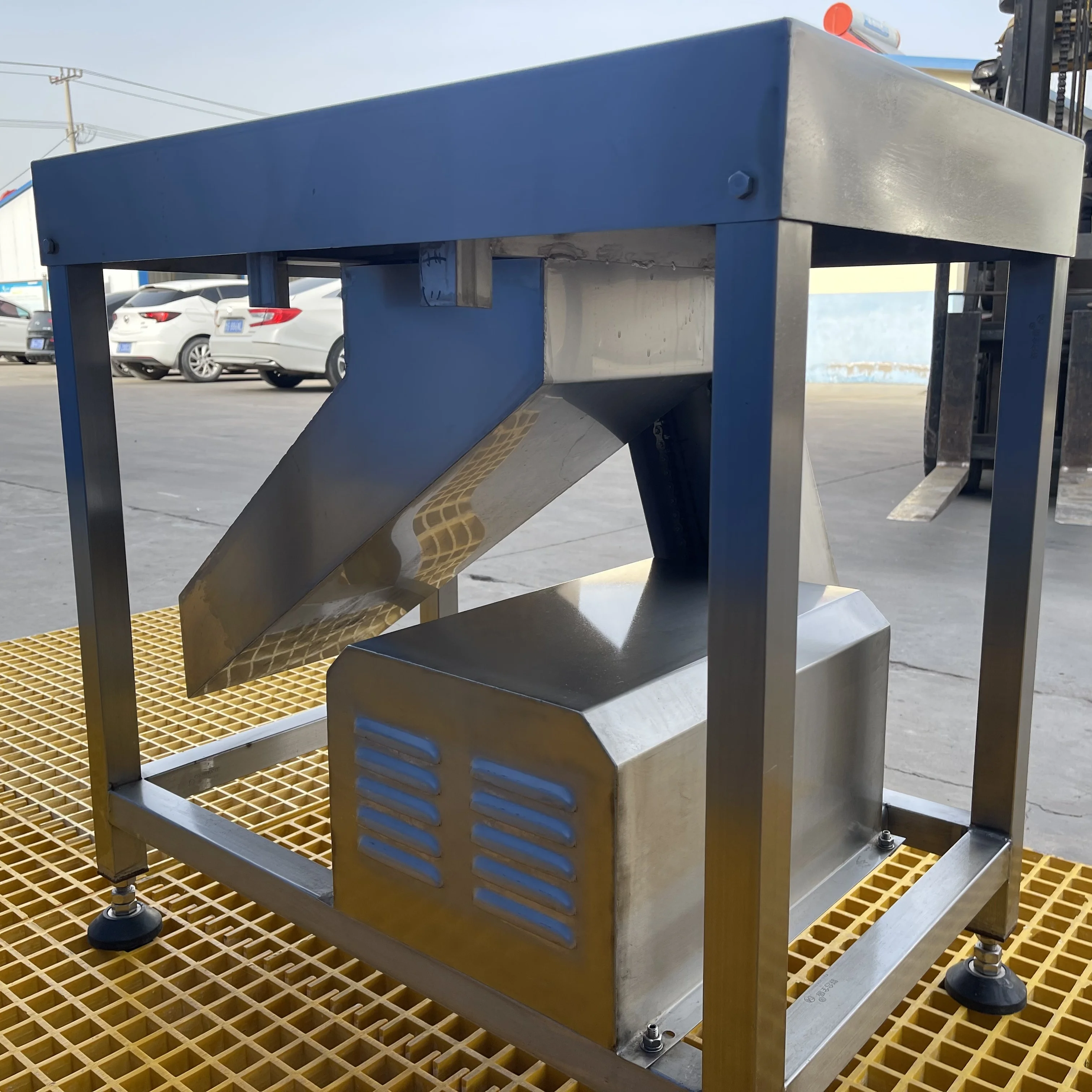Cage Systems in Poultry Farming for Enhanced Production Efficiency and Animal Welfare
Nov . 01, 2024 04:44 Back to list
Cage Systems in Poultry Farming for Enhanced Production Efficiency and Animal Welfare
The Future of Poultry Farming Embracing Cage Systems
Poultry farming has seen considerable evolution over the years, particularly with the introduction of cage systems. These systems, designed to house birds in a controlled and efficient environment, have transformed the way poultry is raised. While they have sparked debates regarding animal welfare, cage systems also offer numerous advantages that make them an integral part of modern poultry farming.
The Future of Poultry Farming Embracing Cage Systems
Another key advantage of cage systems is disease control. In traditional free-range settings, birds can easily come into contact with pathogens from outside sources, increasing the risk of disease outbreaks. Cage systems, particularly in controlled environments, mitigate this risk significantly. By reducing contact with wild birds and other potential carriers of disease, farmers can maintain healthier flocks. This aspect not only improves the welfare of the birds but also ensures a more stable supply of poultry products for consumers.
poultry farming cage

Moreover, cage systems allow for better management of bird welfare and nutrition. In these settings, farmers can closely monitor the health and well-being of their birds. They have the ability to provide individualized care, ensuring that each bird receives adequate nutrition and is protected from harm. Modern cage systems are designed to comply with high animal welfare standards, featuring enriched environments that allow birds some degree of natural behaviors, thereby reducing stress and improving overall well-being.
Despite these advantages, the use of cage systems remains controversial. Critics often argue that confinement can lead to poor welfare outcomes for birds, as their movements are restricted, and they may not be able to exhibit natural behaviors. This concern has prompted many producers to explore alternative systems, such as free-range and organic farming, which aim to offer a more humane approach to poultry rearing. However, these systems can come with higher costs and may not always guarantee the same level of biosecurity as cage systems.
As the poultry industry continues to evolve, it is imperative that farmers and stakeholders find a balance between efficiency, animal welfare, and consumer preferences. Innovations in cage design are already underway, with some systems incorporating more space per bird and features that allow for natural behaviors while still maintaining overall productivity and biosecurity.
In conclusion, while cage systems in poultry farming are often met with mixed opinions, their role in creating an efficient, productive, and secure food supply cannot be overlooked. The challenge moving forward will be to refine these systems, addressing welfare concerns while ensuring that the poultry industry can meet the growing demand for affordable, sustainable, and nutritious food. Balancing these elements is essential for the future of poultry farming and the well-being of both birds and consumers alike.
-
Automatic Feeding Line System-Pan Feeder Nipple Drinker|Anping County Yize Metal Products Co., Ltd.
NewsJul.29,2025
-
Hot Sale 24 & 18 Door Rabbit Cages - Premium Breeding Solutions
NewsJul.25,2025
-
Automatic Feeding Line System Pan Feeder Nipple Drinker - Anping County Yize Metal Products Co., Ltd.
NewsJul.21,2025
-
Automatic Feeding Line System Pan Feeder Nipple Drinker - Anping County Yize Metal Products Co., Ltd.
NewsJul.21,2025
-
Automatic Feeding Line System - Anping Yize | Precision & Nipple
NewsJul.21,2025
-
Automatic Feeding Line System - Anping Yize | Precision & Nipple
NewsJul.21,2025






